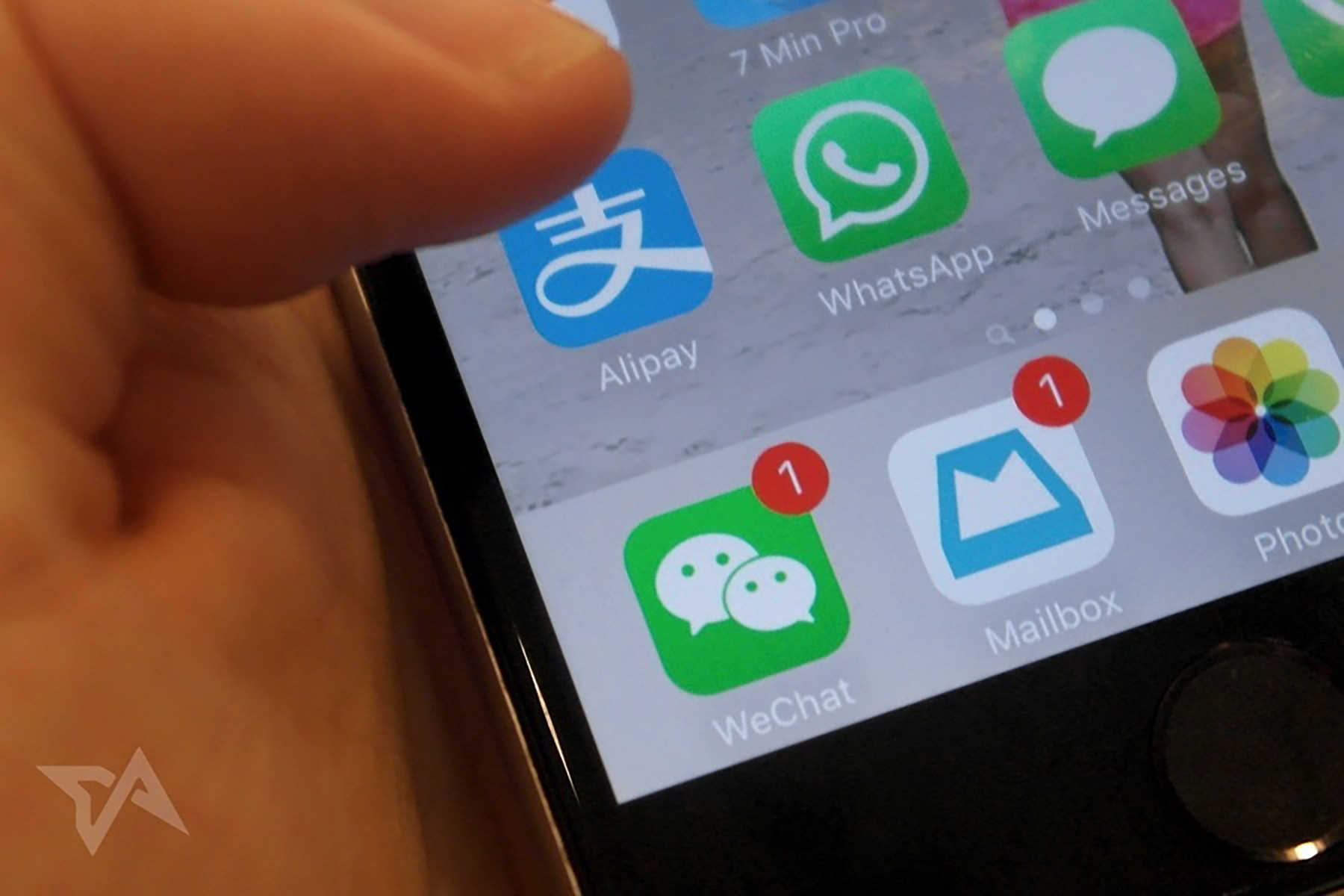1. Increasing length of titles
Newrank recently made an analysis of over 2,000 articles with +100,000 views and found a surprising fact: the average length of the titles are increasing year over year.
- This study took the data on February 16th on the last 3 years, and compared the title length.
- The results show a clear trend of an increasing number of characters in titles, the longest being recorded at 61 characters!
2. Using question and exclamation marks
Exclamation marks are used in order to structure a long title into short digestible chunks and can make or break a title — correct usage equaling to a headline that catches a user’s attention and invokes a connection on a deeper, more personal level.
Though exclamation marks CAN serve a similarpurpose, there has been controversy in the web contenting community about its effectiveness, stating that it cheapens the message, with one writer commenting “…somehow, over time, we’ve all made a psychological connection between exclamation points and “that sales guy” on your local TV commercials screaming, “Boy do we have a deal for you!!!”.
3. Choosing the right structure
Anybody can add in a lengthy amount of words and then add a question mark at the end. However, simply doing that does not guarantee a good article. Instead, WeChat content producers need to exercise one more rule of thumb: choosing the right structure to craft your title with.
According to the Newrank analysis, here are the 4 types of titles that are likely to increase the click through rate.
1. Suspense
Also known as the “classic Buzzfeed look”, this type of structure is straightforward, consisting of a premise and a conclusion, written in a way to leave the readers wanting to know the answer. This headline can be useful for adding excitement to any article that aims to answer a question.
Here are two examples:
- Which is better: egg yolk or egg white? Here is the answer…
- Why can’t you leave this person who doesn’t love you?
2. Creating a twist
Similarly to the first, this type of structure cuts itself into two parts: a premise and a twist. These headlines are typically separated through punctuation (, ! ?) or with a vertical separator (|) and adds a sense of knowingness to the content — making users suddenly think “What do they know that I don’t!?”. As such, this headline shines the most in articles that is revolved around an opinion on a theme or idea that challenges the norm.
Here are two examples:
- The really smart person, usually has fewer friends
- They ask | Why does he look so sloppy yet so handsome
3. Exaggeration
Using exaggeration allows content writers to able to add a sense of incredulity that entices viewers to click — on the basis of “Wow! there’s no way that can be true right? I’ll need to have a look”. As such, this is a good way to attract users, however only to an extent. Keep in mind that having a completely misleading headline can quickly spread rumours and comments of it (and subsequently the account) being “fake and untrustworthy” into the WeChat community.
Here are two examples:
- The most amazing celebrity supermodel talked to me last night, we might be best friends now!
- This beauty cannibal zombie will make you laugh within minutes
4. Useful
The safest way to write article titles however, is still the same — to go back to the core principle: usefulness. It’s very subjective for content creators to decide what is exciting, temping or funny, but on the other hand it is fairly objective to figure out what is useful. For newer accounts trying to get initial traction, focusing on clearly stating WHY your article will deliver value to the user remains the easiest way to maximise open rates.
Here are two examples:
- How to improve the quality of your life when you are under huge pressure from work?
- Click to check, is your blood cholesterol normal? Here is what you can do to decrease your blood cholesterol!
While the need for quality content will still play a critical role in the makings of a good WeChat article, these 3 tips should at least provide the groundwork for attracting the attention of users and enticing them to click on your article.
If you enjoyed reading this and would like to read more Social Media related content, feel free to take a look at our Social Media Case Studies Library!






